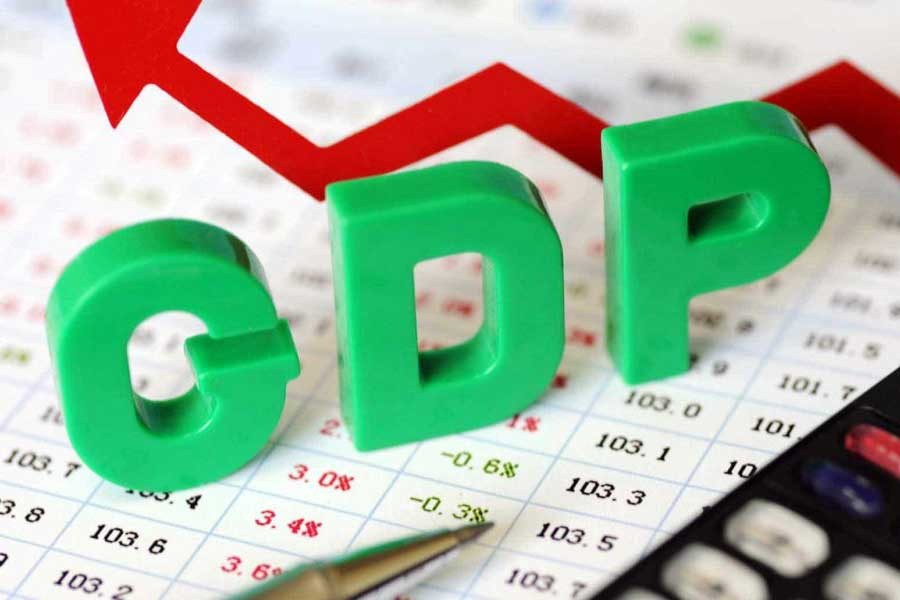In a poverty assessment report released by the World Bank on Monday, some unpalatable truths about income disparities have emerged. At a time when the country's economic growth is increasing at about an enviable rate, poverty reduction has not only slowed but also the rate of reduction has declined. This points to the fact that the dividends of economic growth have not been shared rationally by the country's population. Ideally, the lower segments of society should have enjoyed the greater slices of the pie but instead, they are receiving just the trickle-down benefits of economic growth. Unequal distribution of benefits is further reflected in the uneven poverty reduction in different areas of the country. Poverty even increased in Rangpur division, while it stagnated in Rajshahi division, according to the Wold Bank. At the same time poverty declined moderately in Chattogram division and rapidly in Barishal, Dhaka and Sylhet.
Yet another contrasting fact is the poverty reduction in rural areas accounting for 90 per cent of destitution decline whereas extreme poverty in urban areas remained. Has something gone wrong with urbanisation or is it just a result of virtually no plan for the urban poor? One explanation may be that non-government organisations (NGOs) primarily focus on rural poverty while running their projects there. The NGOs also face some difficulties to take up livelihood programmes in slums because the residents are not permanent there. The nature of loan they disburse is unsuitable for impermanent urban residents with no collateral. Then the living cost in cities is higher even for slum-dwellers and even if they earn more than villagers, their expenditure is also higher and thus they are hardly left with any savings. Particularly, when they become addicted to drugs or suffer bouts of diseases -which they often do -because of the unhealthy and unsanitary living condition, income erosion is the result.
Quite obviously, there is a need for special plan with the urban poor who suffer various injustice and maltreatment. When slums are on fire, they lose almost everything and for poor people like them, rebuilding life is not easy. Now a few top notches of the government have been on record saying that the government is committed to developing villages like towns or turn villages into urban centres. If villages become towns, why should rural poor leave their ancestral homes and flock into towns and cities? One simple answer is that livelihood options in villages are few and far between.
This is indication enough that creation of employment in villages is a sine qua non. No, villages cannot afford heavy industries but small and medium enterprises (SMEs) are well suited to village economy. Although rhetoric is aplenty about encouraging SMEs, in reality the allocation of credit for those often get diverted to other sectors. There are many success stories of such enterprises that have risen to their present state from scratch and without credit support. Many of those successful entrepreneurs have lamented that they could expand their manufacturing units and production if they got adequate loan. Well-planned loan disbursement among SMEs would have served the country's manufacturing sector, provided employment and even facilitated economic decentralisation.


